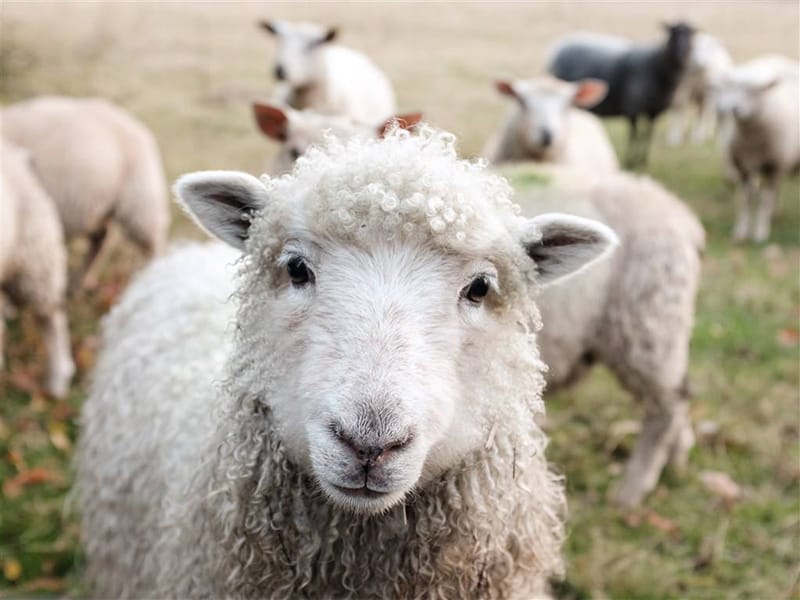Feeding new corn and old corn to sheep, you need to know these details
When the grass wilts in winter, the editor suggests that you can use about 20% of new corn or old corn as a supplementary feed to feed the sheep, but if you use new corn or old corn to feed the sheep, you need to know the following details and use it scientifically to maximize The nutritional function of new corn.

1. Feeding sheep with new corn can easily cause diarrhea, high feed intake and slow growth.
(1) When new corn comes down, it needs a one-month post-maturation period, that is, the starch conversion process. If the conversion is not completed, the energy is insufficient.
(2) New corn has high moisture content and is prone to mold. Mycotoxin, a derivative of mold, destroys the body's immune system and greatly reduces the body's ability to resist diseases.
(3) The harm of new corn
a. The moisture content is large and unstable.
b. Delayed maturity of new corn can easily cause diarrhea. This hazard does not exist for stale corn (but old corn also pays attention to mildew).
c. The harm of mold.
d. Pay attention to the difference between mold and mycotoxins.
e. The harm of toxins and mold in new corn is greater than that of old corn.
2. How to use scientifically to maximize the nutritional effects of new corn?
(1) Partial use: mix stale corn with part of new corn, gradually increase the proportion of new corn, and transition for half a month to reduce the impact of resistant starch. The feed of new corn is high in moisture and content, so it should not be stored for a long time.
(2) Screening or winnowing: After screening and winnowing, new corn can effectively reduce the content of broken kernels and impurities in the corn, thereby reducing the harm of mycotoxins to animals and improving the palatability.
(3) Moderate aging: New corn needs to be stored in the warehouse for 5-6 weeks, and then used after maturation.
3. Pay special attention to the issue of time.
Some corn is not managed carefully during storage, which leads to mold and rot in corn. Such corn must not be used to feed sheep. Because moldy corn seeds contain aflatoxins, which can lead to death of sheep in severe cases, you must not consider it a pity if you encounter moldy corn. If you are not willing to do this, you may lose more. Be careful!
4. The reminder for raising sheep in winter:
(1) The temperature in winter is low, and the temperature difference between day and night is large. It is the season of high incidence of various animal diseases.
(2) According to the immunization procedures and technical requirements, immunization injections for foot-and-mouth disease, infectious pleuropneumothorax, goat pox and other diseases must be prepared in advance, and the prevention of multiple winter diseases must be prepared in advance to improve the immunity of sheep and establish effective Immune barrier to ensure the health of the sheep.
【More related info about sheep feed】
Wheat straw can be used as feed for cattle and sheep
Fattening sheep feed pellet formula and sheep fattening method
Sheep feed formula for each growth stage
What are the most common grass and fodder for raising sheep in rural areas?
If you want to built one complete pellet production line in your country, pls send the inquiry to us. We will customized design according to your requirement.





 Russian
Russian